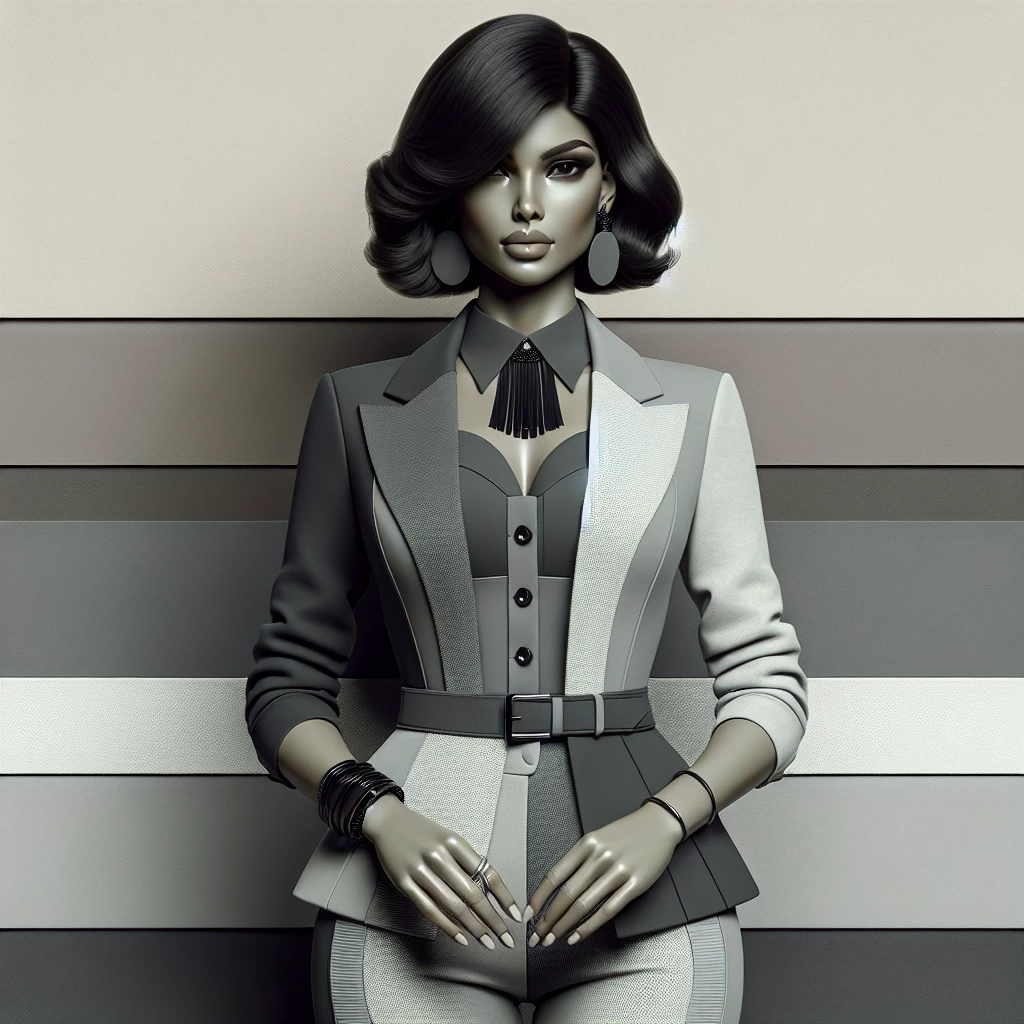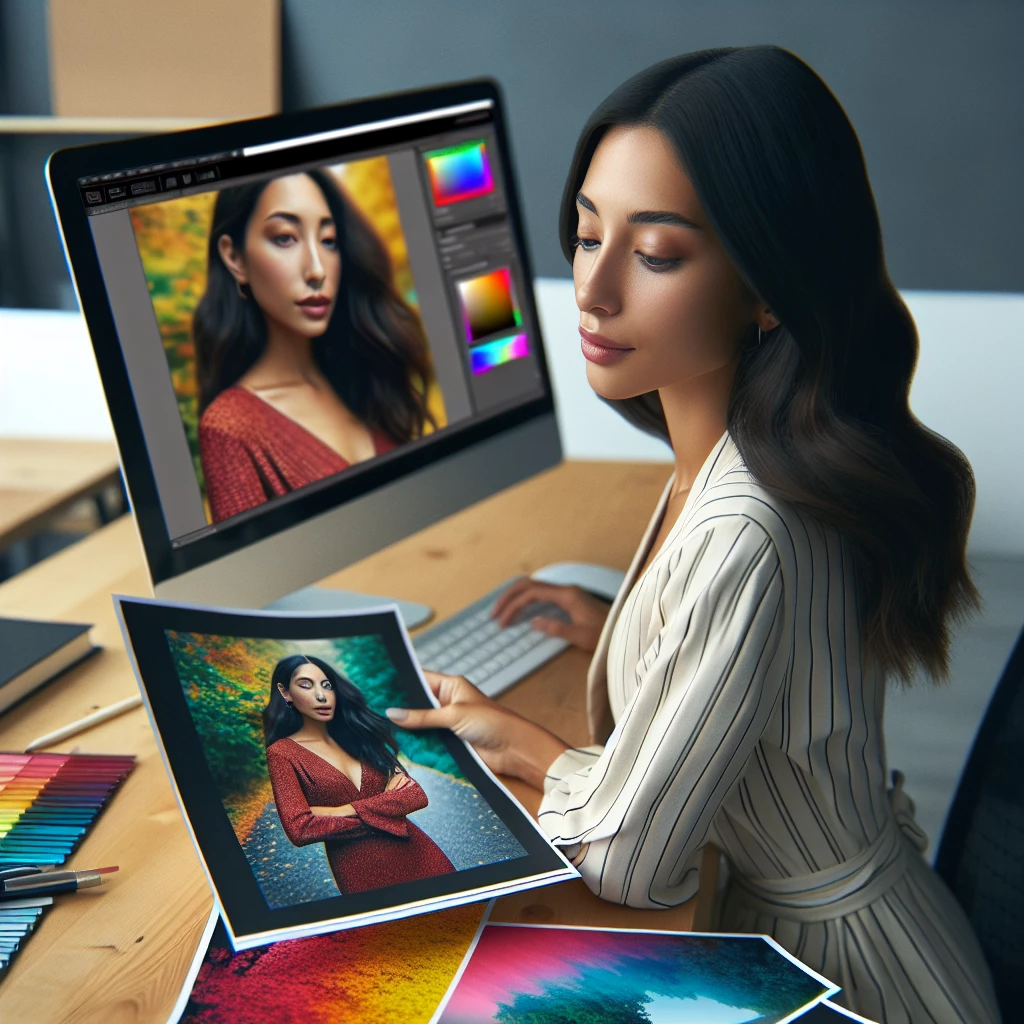Welcome to this new post on the Power of Color Correcting, part of our Women and Makeup series. Here, we'll delve into the magic of color correcting techniques which hold the power to transform your makeup routine. Whether you're a beginner or an expert in cosmetics, this detailed beauty guide will provide a breadth of makeup tips to enhance your skills. So, sit back, grab your favorite makeup kit and get ready to explore!
Understanding the Basics of Color Correcting
Color correcting is a makeup technique that professional makeup artists have been using for years. It involves using color correctors which are specifically tinted to counteract skin issues like redness, dullness or dark circles. This is based on the color wheel theory where opposite colors can neutralize each other. Understanding this theory is the crux of mastering color correcting technique.
Color correctors come in various forms such as creams, sticks, or even liquid formula. You can also find color correcting palettes for a broad spectrum of skin tones. Invest your time in understanding the right tool and texture that suits your specific requirement.
Each color corrector has a specific purpose. Green is used to neutralize redness, peach/salmon for hiding blue or purple dark circles, yellow for evening out skin tone or hiding purple/blue veins, and lavender to cancel out yellow undertones and brighten skin.
Perfecting the Application Technique
Applying color corrector is an art in itself. It's not about completely covering up your skin issue with a thick layer of color, but about subtly neutralizing it. Start off with a cleansed and moisturized face, and apply a primer. This is a crucial step as it helps the makeup to stay longer.
Now, apply the color corrector sparingly on the areas you want to correct. Blend it well using a brush, sponge or your fingers. Remember not to rub it off, but to blend it into your skin.
After correcting, apply foundation or concealer over it. Make sure to not rub it, else you'd move the corrector underneath. Finally, finish with setting powder to hold everything in place. Practice is key when it comes to mastering color correction!
Do's and Don'ts of Color Correcting
Do take your time to understand your skin issues and choose the corrector accordingly. Do blend well, as unblended corrector can look patchy and unnatural. Do use it sparingly, more product doesn't necessarily mean more coverage.
Don't use the wrong color. If used incorrectly, it can lead to ghastly makeup mishaps. Don't skip primer - it creates a smooth canvas for your makeup. And finally, don't forget to clean your brushes! Used tools can accumulate bacteria leading to further skin problems.
Color correcting is a transformative tool in your beauty routine when used correctly. It demands an understanding of the color wheel and the expertise to blend appropriately. But with practice and patience, you can master this technique and witness a world of difference in your makeup finish. Remember, makeup is all about enhancing your natural beauty, and with these makeup tips, you are one step closer to it!

Five-Minutes Makeup Hacks
In search of a quick and reliable makeup routine? Discover our top five-minute makeup tips.

Introduction to Organic Beauty Products
A deep dive into the pros and cons of incorporating organic beauty products into your daily makeup routine.

Transition Makeup from Day to Night
Discover effective tips for ensuring your makeup transitions smoothly from day to night.

Mastering the Monochromatic Look
Uncover the secrets to nailing the trendiest monochromatic makeup looks with our step by step guide.
